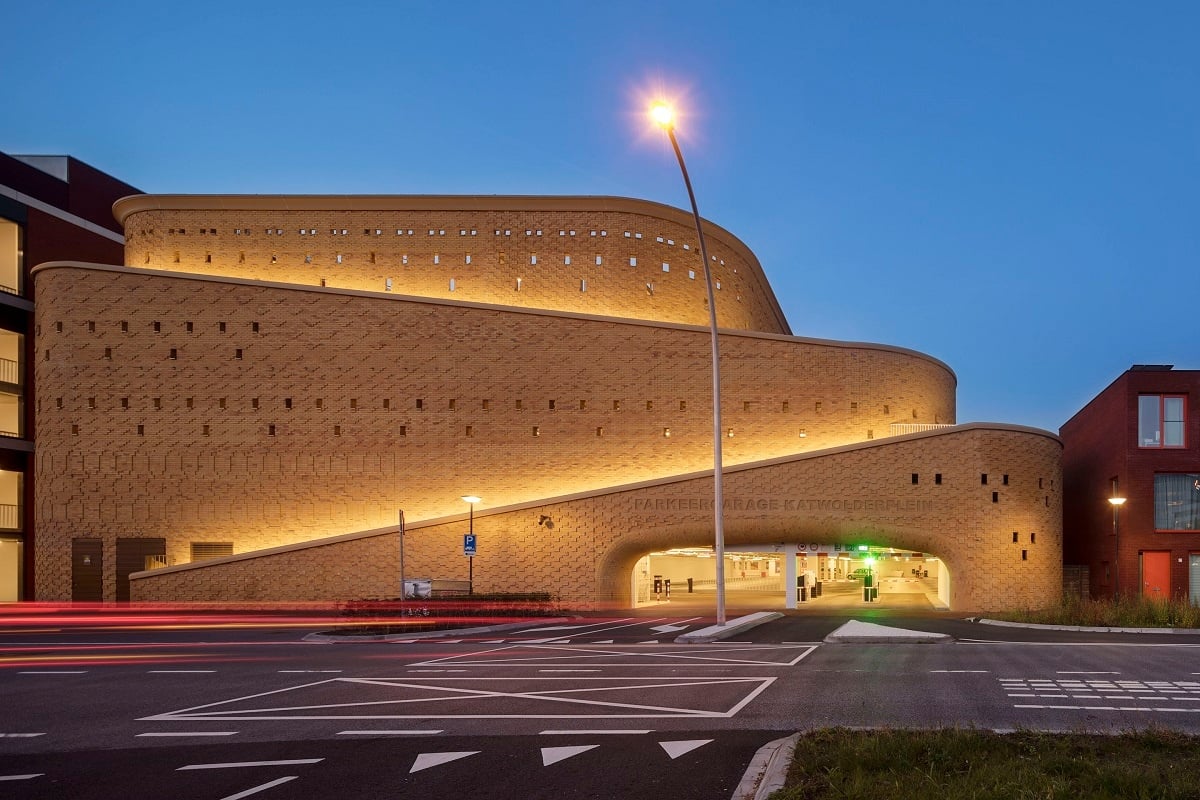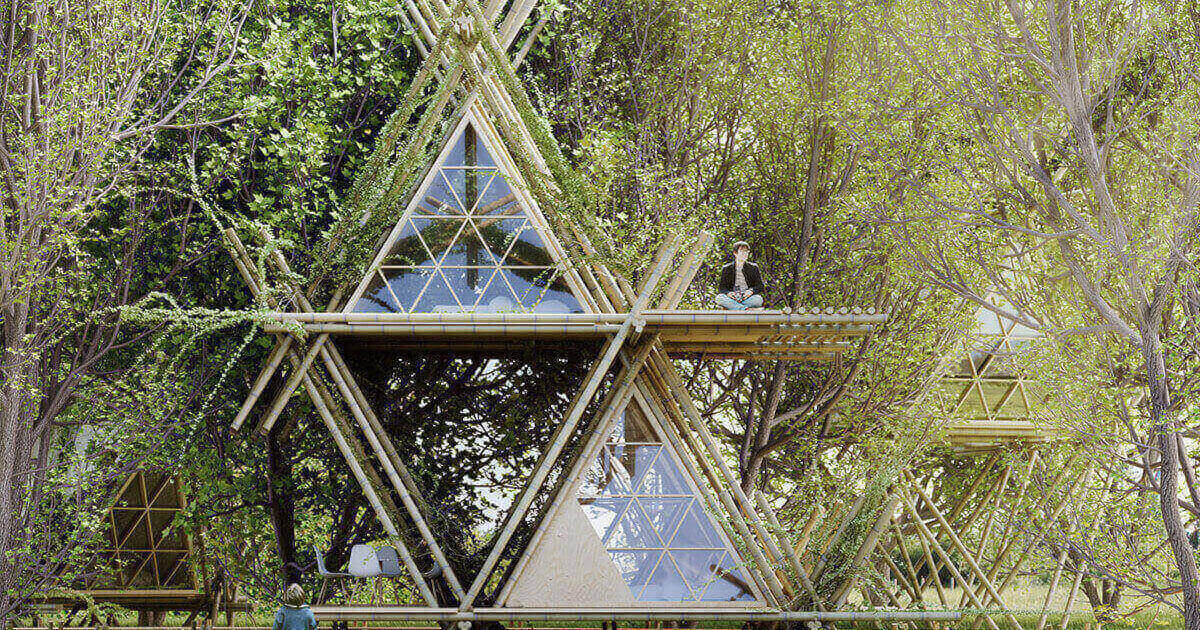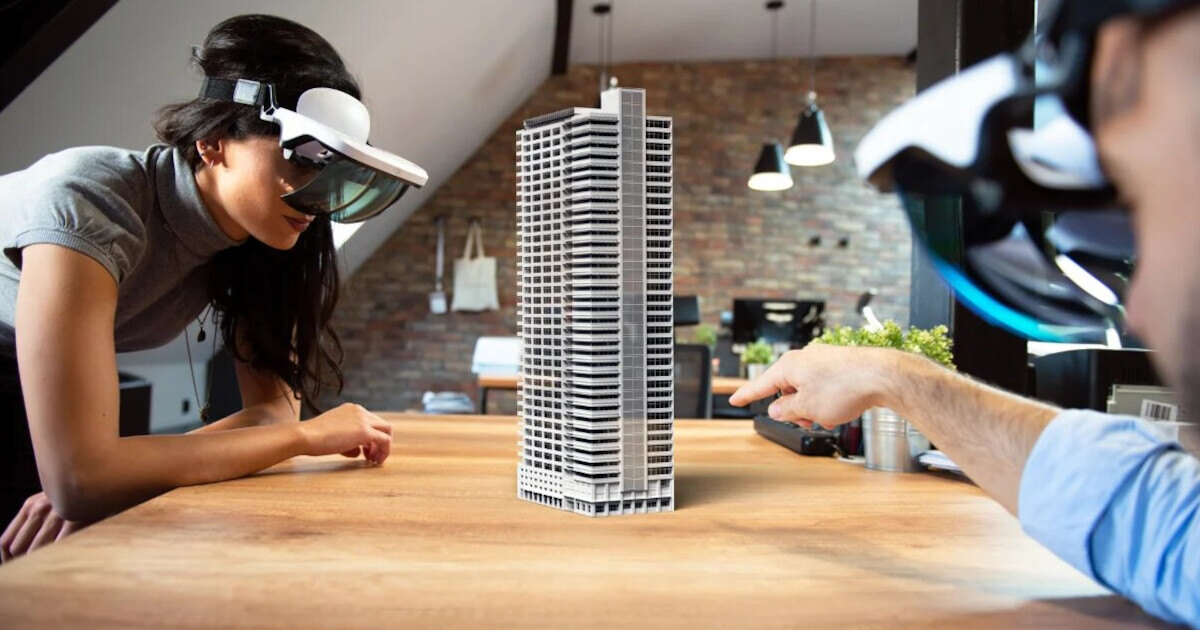Brick has been known and loved as a building material since the Middle Ages. Now the building material is showing its modern side: thanks to new manufacturing processes, many forms of expression are possible. In addition, the elaborate walls could soon be a thing of the past, because an innovative construction method enables the fully automatic production of brick walls within an hour.
Timeless, masterful, recyclable
A brick house convinces not only by its durability, but also by its timeless aesthetics. The fired bricks made of clay or clay are the result of a master craftsmanship in which many components play a role:
- the mineral composition, such as the proportion of iron (red) or lime (yellow)
- the manufacturing process: bar pressing, water jetting or hand impact process
- the burning process: fire, temperature and duration
- the surface treatment: irradiated, sanded or machined with grained rollers
- additives for new colours
The individual stones can be manufactured in different formats. In combination with different masonry bondings and joint designs, there are various expression possibilities for the brick architecture - then as now. The brick also scores highly as a weather-resistant building material, heat accumulator and recyclable product. Many advantages that make contemporary living possible, far away from concrete, steel and glass.
"Brick House" - a modern brick house with a clear view
What is particularly striking about this urban residence by the Argentine architect Diego Arraigada¹ are the façade openings on the north side. The lattice pattern allows plenty of daylight to penetrate into the interior during the day, and the brick house shines like a lantern in the evening. The architect's office digitally modelled the structure of the Kreuzverband. Thanks to a special algorithm, it was able to determine how much material was needed to stabilise the house. Due to this open design, the basic cubic shape of the building appears very light. The interior is also dominated by red brick on walls and ceilings - combined with exposed concrete walls.
This modern brick architecture creates a link to the traditional architecture of the city of Rosario in Argentina. The architect made use of the local expertise in brick production. The result is a brick that is load-bearing structure, edging, opening, finish and decoration at the same time.
Katwolderplein multi-storey car park: expressionistic and sustainable
Since 2017, the Katwolderplein multi-storey car park has served as a bridge between the Kamperpoort district and the city centre of Zwolle in the Netherlands. The design was penned by dok architecten². They were inspired by a journey on the Silk Road, which is reflected in the Asian ornamentation of the impressive brick building. In the evening, spotlights skilfully set the scene for the five different masonry ensembles.
But the building can do even more: it is a multi-storey car park and electric filling station in one. The six storeys can accommodate up to 700 cars, while 800 square metres of solar panels on the roof generate electricity for 28 e-charging stations. The modern brick building is also planted with plants and offers nesting places for swallows and bats. Thanks in part to these criteria, the building meets the Dutch BREEAM standard for sustainability - so it's a round thing.
Tailor-made brick walls from the factory
The brick walls, which the Swiss company Tripema AG has been building mechanically for over ten years thanks to an innovative construction method, are not round but square. In the factory, a robot glues the individual bricks together with a special two-component adhesive, and a large machine layers the rows one above the other. This results in fully automatically manufactured brick walls made to measure. A module measuring 6 x 3 meters takes just one hour.
The finished walls are then transported to the construction site by truck and assembled there. This considerably reduces construction times on site. In addition, the process opens up countless new design possibilities for architects and planners, such as abstract patterns and spectacular facade effects.
Modular construction, whether made of brick or other materials, will become more and more important in the future, also due to growing urbanization. You can read more about this in our article "Modular construction: multiplex multi-purpose solution".
¹ Diego Arraigada Arquitectos: http://diegoarraigada.com/es/
² Dok architects: https://dokarchitecten.nl/en











